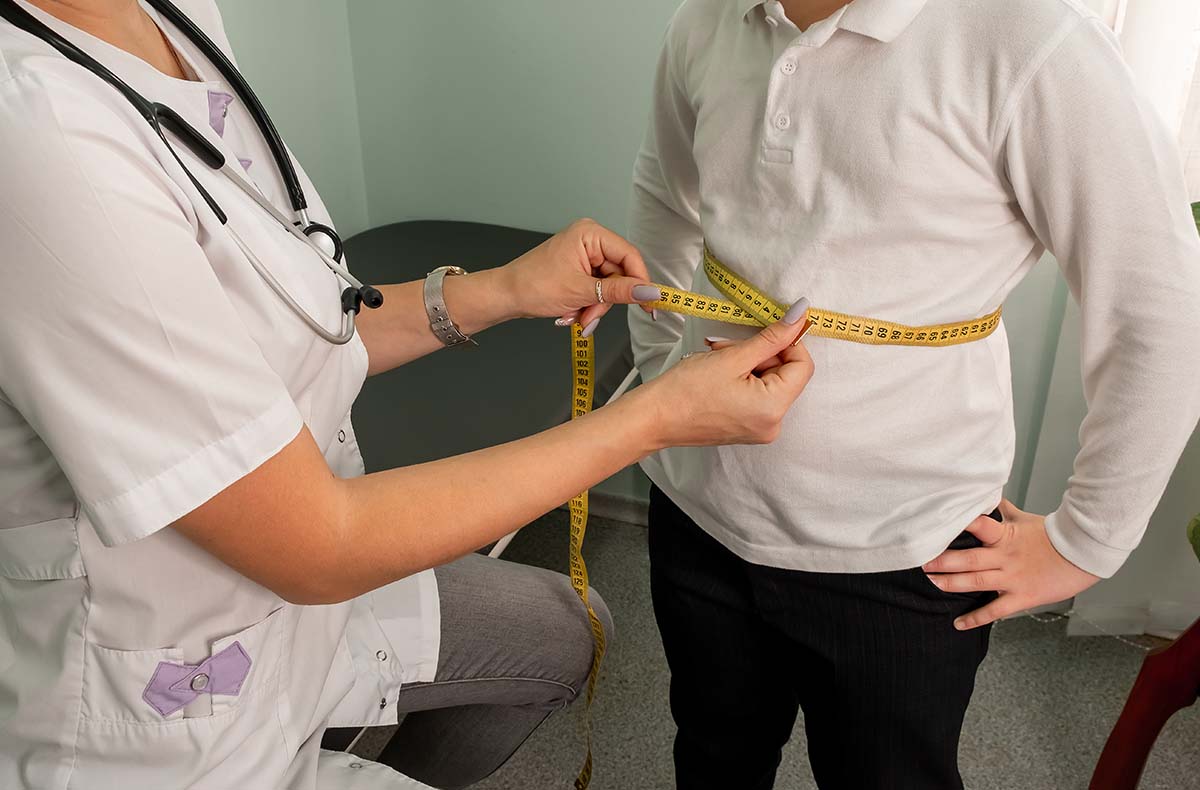
In a drastic change from previous advice, which focused on nutrition and exercise, the American Academy of Pediatrics (AAP) guidelines now recommend aggressive treatment for obesity in adults and children, starting as early as two years old. These treatments include intensive behavioral and lifestyle treatment programs, weight-loss medication and surgery.
As a health services researcher and public health social worker, I believe these new measures are too aggressive, lack sufficient long-term evidence and minimize the role of robust public health solutions in addressing childhood obesity.
According to the AAP, the new guidelines were driven by a staggering increase in obesity in children and adolescents from 1963 to 2018, which now affects some 20% of U.S. children from 2-19. A subset of this group—though not a majority—has developed obesity-related disorders usually diagnosed in adults, drawing media attention and prompting calls for aggressive, lifelong treatment.
The AAP cites research that childhood obesity must be stopped in its tracks using all methods available. Advocates for the new measures argue that obesity in children persists throughout the life cycle and increases the risk of a constellation of illnesses, including heart disease and diabetes. They refer to research showing that nutrition and lifestyle intervention studies don’t help. Focusing on nutrition and exercise, according to the AAP, leaves obese children on the brink of a disease-ridden and desolate adulthood.
As a result, the new guidelines recommend an intensive behavioral treatment program spanning 26 hours, weight loss medications including the newer injectables such as Wegovy and Ozempic, and barometric surgery.
The treatments recommended by AAP guidelines are not without significant costs. Intensive behavioral therapy, predominantly available at academic medical centers and specialty clinics, is likely to be out of reach for many families. Weight loss medications, particularly the newer injectables, have an average monthly cost of between $1,000 and $1,500 and are not covered by Medicaid or private insurance. Both medications can cause serious side effects and patients frequently regain weight when treatment is stopped.
Experts believe that these expensive, nausea-inducing drugs should be considered lifelong medications. If a child manages to obtain Wegovy through one insurance plan, but the next year the parents’ health insurance is changed to a payer that refuses to cover the drug, they are at risk of rebound weight gain.
The health insurance system in the United States is a perilous patchwork that leaves patients constantly in search of stable treatment regimens. Subjecting a child to a drug with limited long-term evidence and potential weight gain and weight loss cycling without the security of reliable reimbursement is hardly advisable.
The AAP also recommends that children over 13 years old also be evaluated for bariatric surgery. Bariatric surgery, although more likely to be covered by insurance, radically alters the anatomy and physiology of developing children and requires extensive psychological and nutritional counseling after the procedure. Furthermore, there is limited knowledge of how bariatric surgery affects the health of children and adolescents throughout their lifespan.
It is not uncommon for adults who have had bariatric surgery to eventually regain weight. Even if one concedes that obesity in childhood is as dire as the AAP states, surgically rearranging the digestive system of an adolescent without knowing how it will affect their bodies or how long the weight loss will be sustained requires more consideration than the guidelines currently provide.
The AAP clearly released these recommendations with the best of intentions after considering a large body of research. However, these recommendations fall far short of a comprehensive effort to treat childhood obesity. If the guidelines are followed to the letter, childhood obesity is an individual burden to be borne by each family.
Social determinants of health are acknowledged by the AAP as contributing causes to childhood obesity but these are ultimately absent from the guidelines. American children live in an obesogenic environment—sedentary lifestyles, high-fat and high-sugar foods at every turn and increasingly stressful lives. Black and brown children who have higher rates of obesity are more likely to live in food deserts and have fewer green spaces and playgrounds, limiting their ability to “eat better and be more active.”
Health is more than one’s weight. Perfectly healthy bodies come in all shapes and sizes and obesity itself is not a life sentence to poor health and disease. There must be a greater focus on the structural factors that lead to childhood obesity and the implementation of policy-driven solutions to improve overall health without further stigmatizing children and adolescents.
Obesity in children is a societal problem, not an individual or family problem. We need a committed public health approach to increasing access to healthy food, creating safer built environments and addressing health inequities in our healthcare system. Otherwise, the AAP guidelines will fall to the wayside as another attempt to treat public health failure with pharmaceuticals instead of policy.
